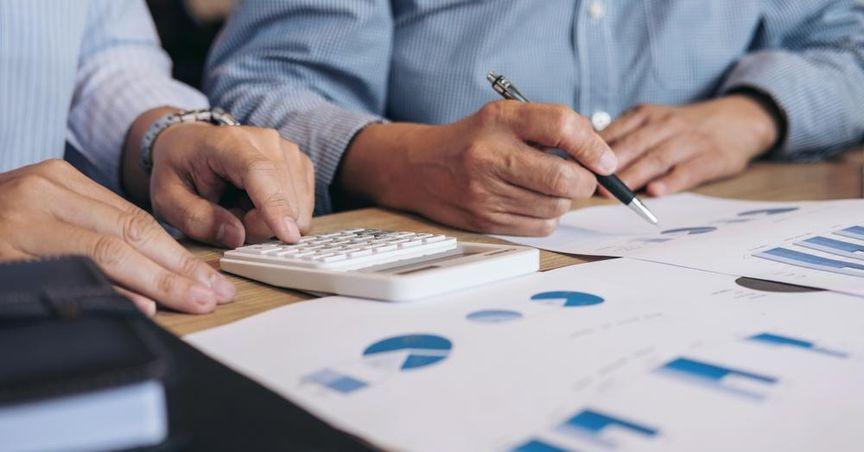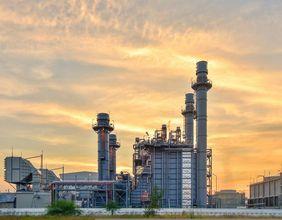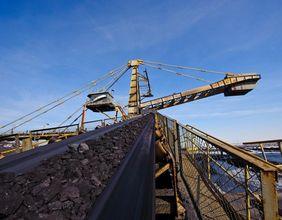Highlights
- WA’s recycling rate hits 65%, up 23% since 2014-15
- E-waste surges globally, but recovery efforts gain traction
- Valuable minerals in e-waste support energy transition
Western Australia is making strong strides toward a circular economy, recording a 65% recycling rate in FY2023-24—a significant 23% increase since FY2014-15, according to a recent government report. This progress highlights the state’s growing focus on waste minimisation and material recovery as part of broader sustainability goals.
The Perth and Peel regions are showing promising developments as well. These regions are currently diverting 28% of waste away from landfills and are progressing toward a long-term target of restricting landfill contributions to just 15% by 2030. This effort is backed by collaborative actions from local governments, communities, and industries working together to manage waste more effectively.
A notable concern in the broader waste landscape is the global surge in electronic waste (e-waste). In 2022 alone, the world generated a staggering 62 million tonnes of e-waste—comparable in mass to 30 Titanic cruise ships. The United Nations' Global E-waste Monitor underscores a growing imbalance, with e-waste generation outpacing recycling efforts by a factor of five.
E-waste encompasses everyday items such as mobile phones, washing machines, and printer cartridges. These discarded electronics are rich in critical materials such as cobalt, copper, lithium, and rare earth elements. These minerals are indispensable to the renewable energy supply chain. For example, cobalt—used in lithium-ion batteries—supports electric vehicle and energy storage technologies. Copper, found in (ASX:CPR) Cobre Limited’s exploration initiatives, plays a central role in solar panels, EV components, and wind turbines, owing to its high conductivity.
Additionally, e-waste can pose environmental hazards if not handled properly. Substances such as lead, cadmium, and beryllium necessitate careful disposal and recovery to prevent harmful outcomes and enable reuse in the clean energy sector.
Western Australia’s Environment Minister Matthew Swinbourn notes the current momentum in recycling is a positive indicator, though further focus is needed in municipal and commercial waste domains. The continued deployment of the three-bin Food Organics and Garden Organics (FOGO) system is anticipated to further elevate waste recovery metrics.
During FY2023-24, municipalities in Perth and Peel that implemented the FOGO system recovered up to 69% of their domestic waste—an encouraging sign that infrastructure and public cooperation can deliver tangible environmental benefits.
This progress reflects how integrated efforts and targeted policies are enabling Western Australia to champion a sustainable waste management model while supporting the global shift towards cleaner, resource-efficient economies.






